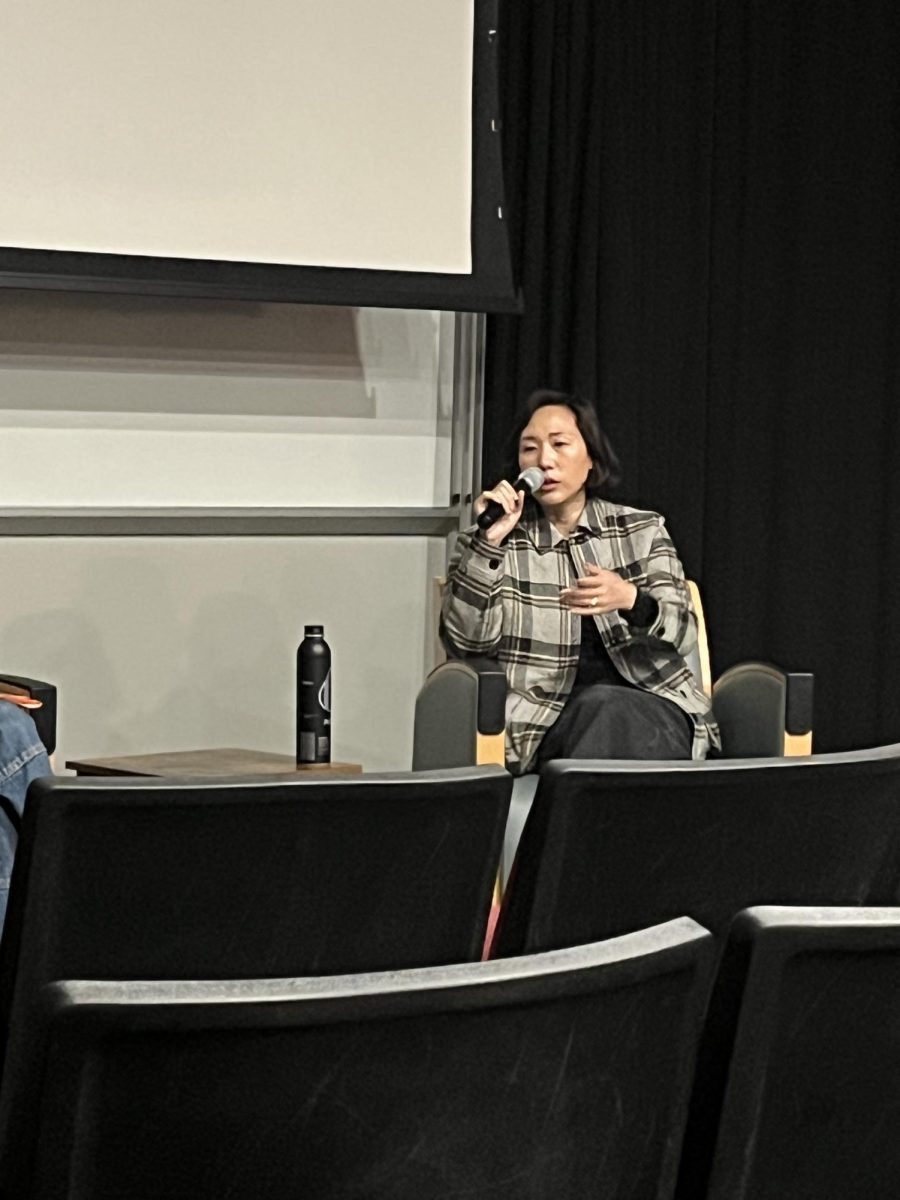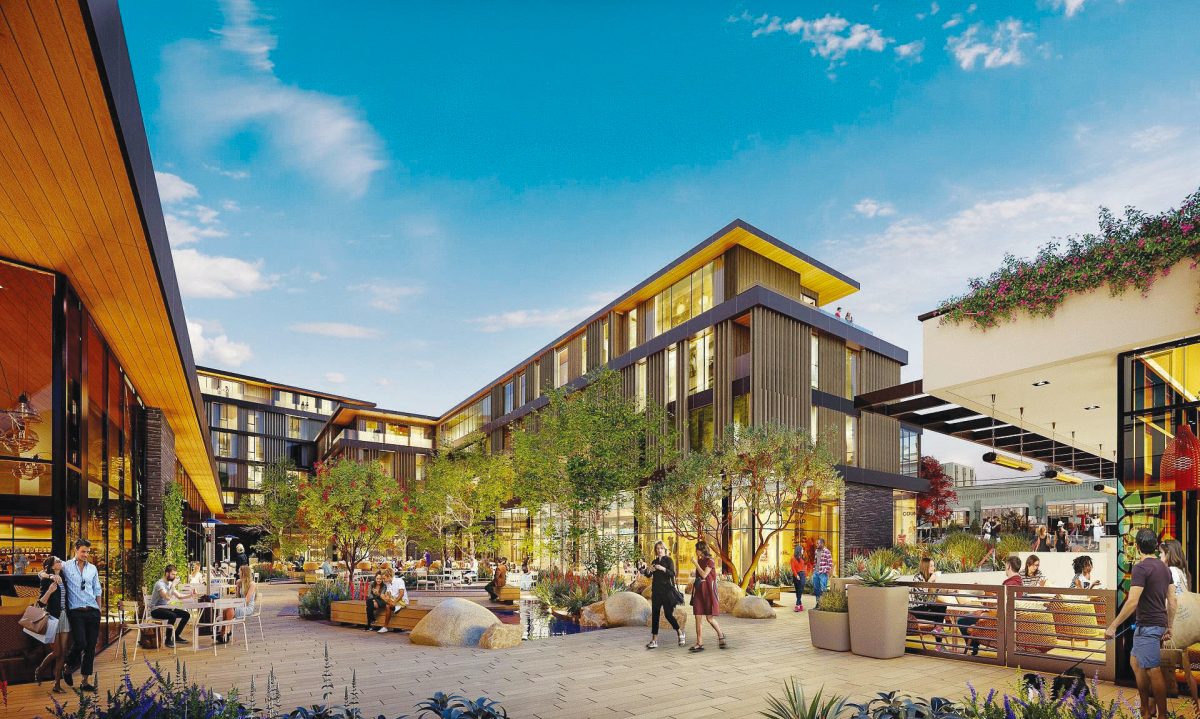Newsom survives recall election
Governor Gavin Newsom appears at a campaign rally with President Joe Biden in Long Beach, California.
September 16, 2021
California Governor Gavin Newsom has prevailed in the recall attempt to remove him from office with major news networks calling the race for Newsom on Tuesday night. Over 9 million Californians voted in the recall election, with 63.8% of voters voting to keep Newsom in office as of Sept. 16.

A recall election allows voters to remove an elected official from office due to grievances they hold against the official. Following changes to voting practices due to the pandemic, in addition to being able to vote at a polling place, all California eligible voters were sent a mail-in ballot that they could mail back or put in a certified drop-box. The ballot was two-pronged, with one section allowing voters to decide whether they want to remove Newsom and the second asking voters whom they would want to succeed Newsom if he is recalled.
Since becoming Governor in 2019, Newsom has had seven recall petitions levied against him due to policy decisions. The most recent petition, filled in February 2020, was similar in reason to the previous attempts; however, the outbreak of COVID-19, high cases in California and Newsom’s French Laundry incident spurred the spread of the petition.
California Secretary of State Shirley Weber announced on April 26 that the recall petition had gained enough signatures to qualify for the ballot. After a period where signees could remove their signature from the petition, the final signature count was 1,719,900, which is 224,191 more than the required total, ensuring there would be a special election to recall Newsom. After the petition was certified July 1, California Lieutenant Governor Eleni Kounalakis called the election for Sept. 14.
Newsom faces opposition in the election
There were 46 candidates, both Republican and Democrat, running to replace Newsom as Governor. For much of the race, Newsom had been the center of attention because of his incumbency and the California Republican Party not endorsing a candidate.
However, as COVID-19 conditions improved and Republicans rallied around right-wing candidate Larry Elder, Newsom shifted the attention to Elder and created an election narrative of Republicans versus Democrats. This shift led to Newsom’s chances rising, with an average of recall polls done by 538 Projections showing Newsom up by 15.8% on Sept. 14 compared to 0.2% on Aug. 5.
In a speech at California’s capitol, Newsom thanked voters for rejecting the recall and for reaffirming the values and policy in his campaign platform.
“[There was] an overwhelmingly ‘no’ vote tonight here in the state of California,” Newsom said. “That was expressed tonight. [But] I want to focus on what we said yes to as a state.”

Students reflect on Newsom’s win
Senior Prefect Jack Coleman ’22, who had previously written a Chronicle column in support of the recall and voted “yes” in the election, expressed disappointment in the election results but said the legitimate results must be accepted.
“It’s very disappointing that Newsom will remain Governor, but I think we as a state and party have to accept the results of the election,” Coleman said. “It’s time to focus on the 2022 midterms and ensuring that Republicans win back the Senate and House.”
The recall election system in California was one of many Progressive Era reforms, such as women’s suffrage and ballot propositions, introduced in 1911. Since then, only one Governor has been recalled by California voters: former Governor Gray Davis ’60 who was subsequently replaced with former Governor Arnold Schwarzenegger.
Charlotte Hogan ’24 said she believes the recall system is beneficial but doesn’t believe Newsom deserved to be recalled and is glad voters voted against it.
“I appreciate the system of recall elections and being able to remove elected officials who are not serving us to the best of their ability,” Hogan said. “However, I don’t think Governor Newsom’s recall was warranted and I’m glad that he will stay in office and be able to keep moving our state forward.”




























